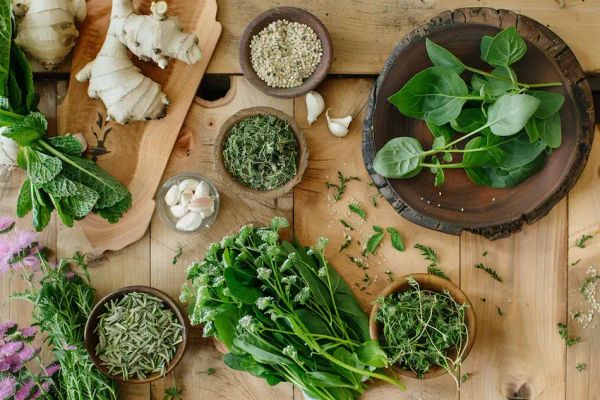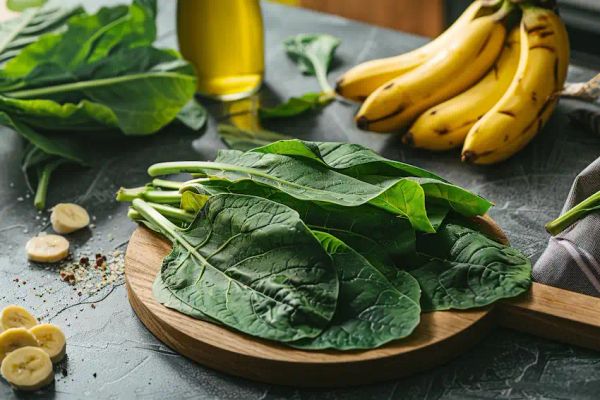Broadleaf plantain is a versatile herb with a rich history in herbal medicine and culinary applications. This resilient plant is not only a common garden weed but also a powerhouse of nutrition and natural remedies. Let’s explore the various ways in which broadleaf plantain can be used for health benefits and in cooking.

Medicinal Uses of Broadleaf Plantain
Broadleaf plantain has been used in traditional medicine for centuries. Its leaves contain compounds with anti-inflammatory, antibacterial, and antiseptic properties. Here are some health benefits of broadleaf plantain:
Wound Healing: The leaves of broadleaf plantain can be used to soothe and heal cuts, burns, and skin irritations. The mucilage in the leaves helps in soothing the skin, while allantoin promotes cell growth and wound repair.

Respiratory Relief: Plantain leaves can be brewed into a tea that is effective in treating colds, coughs, and bronchitis. The natural expectorant properties help to clear congestion and calm irritated mucous membranes.
Digestive Health: Broadleaf plantain can ease digestion and treat issues like heartburn, indigestion, and ulcers. It coats and protects the stomach lining, reducing inflammation and providing relief from gastrointestinal discomfort.
Anti-inflammatory Properties: The plant’s natural anti-inflammatory effects make it useful in treating conditions like arthritis, gout, and other inflammatory diseases.

Preparing Plantain for Medicinal Use
Here are some methods to prepare broadleaf plantain for its medicinal use:
Poultice: Crush fresh leaves to release their juices, and apply directly to the affected area to soothe skin irritations or insect bites.
Tea: Dry the leaves and steep them in boiling water. Drink this tea to alleviate respiratory symptoms or digestive upset.
Tincture: Soak the leaves in alcohol to create a concentrated tincture that can be used to apply to wounds or taken internally for its health benefits.
Culinary Uses of Broadleaf Plantain
Broadleaf plantain is not commonly known for its culinary applications, but it is entirely edible and nutritious. Here are some ways you can use it in your cooking:
Salads: Young plantain leaves are tender and can be eaten raw in salads. They have a slightly bitter taste, which pairs well with sweeter dressings or other salad greens.
Cooked Greens: Older leaves are best used cooked. They can be boiled, steamed, or sautéed, similar to spinach or collard greens, and are excellent in soups and stews.
Seed Use: Plantain seeds, which form on the long spikes that shoot from the base, can be cooked like a grain or ground into flour.
Tips for Using Broadleaf Plantain
Here are some tips to keep in mind when using broadleaf plantain:
Identification: Make sure you are picking the correct type of plantain, as it can be easily confused with other similar-looking plants.
Harvesting: Collect leaves from plants that have not been treated with pesticides and are away from polluted areas.
Storage: Fresh leaves can be stored in the refrigerator for a few days, but they are best used immediately after harvesting.
Broadleaf plantain may be commonly overlooked as just another weed, but its health benefits and versatility in the kitchen make it a valuable plant to know and use. Whether applied topically as a natural remedy for skin ailments, brewed into a soothing tea, or incorporated into your meals as a nutritious green, broadleaf plantain offers an abundance of natural health benefits waiting to be tapped.




